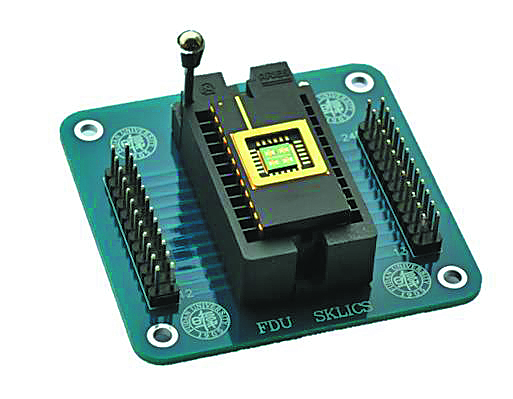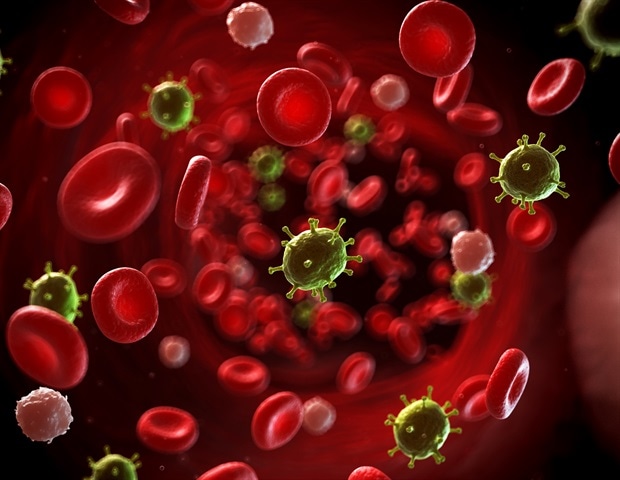A 2D flash chip enabled by system integration. (CHINA DAILY)
A research team from Shanghai-based Fudan University has developed the world’s first full-featured, 2D flash chip enabled by system integration, marking a…

A 2D flash chip enabled by system integration. (CHINA DAILY)
A research team from Shanghai-based Fudan University has developed the world’s first full-featured, 2D flash chip enabled by system integration, marking a…

UVA Health lung researchers are developing a promising approach to detecting patients at risk of interstitial lung disease (ILD), an increasingly common condition that is a leading reason for lung transplants. The approach could…

People across the world experience a diverse range of risks associated with disasters and health emergencies. No county is immune to disasters and emergencies. For instance, we continue to face diverse effects of climate change on our…

Respiratory viral diseases pose severe threats to animal health and global food security, especially in intensive pig farming systems. Viruses such as porcine reproductive and respiratory syndrome virus (PRRSV), swine influenza…

…

Chikungunya is a vector-borne disease that affects both adults and children. While global efforts are ongoing to tackle chikungunya in adults, progress in addressing pediatric chikungunya remains inadequate. To shed light on this,…

At first, Alzheimer’s disease and cancer might seem to have little overlap. One gradually destroys memory and cognition, while the other ravages the body through uncontrolled cell growth. Yet scientists at the MUSC Hollings Cancer Center have…

Sepsis is a complex clinical syndrome characterized by dysregulated immune responses, systemic inflammation, and multi-organ dysfunction. It involves intricate interactions among multiple signaling pathways, including…